The Auto-Charge– Two Years On
Two years ago, I got a Hornady Auto-Charge from Natchezss.com. At the time, I likened the transaction to dragging a topwater lure over a largemouth bass repeatedly. After repeatedly presenting it the bass, the fish strikes just because he’s sick and tired of seeing it. The question I want to answer is this: Did I have buyer’s remorse?
Let me give you a bit of history: I started reloading in December of 2000. At that time, I started with a RCBS Uniflow powder measure and a RCBS 5-0-5 scale. Over the next 20 years or so, I did a lot of batches of ammo with that pairing. Over time, I decided that dispensing charges from the Uniflow were not as accurate as I wanted, so I set the Uniflow low by .2 grain threw the charge into the pan of the scale and trickled up with a Hornady trickler. That was how I did most of my rifle reloads for the next 15 years.
The AutoCharge sort of automated that process. Most measure/scale combinations work the same way. There is a period where the pan is filling fast and once a threshold is reached, the measure slows down to trickle in the last little bit.
Operation of the AutoCharge was a bit frustrating when I first got it. I had heard it over-ran charges on a regular basis. Some fellows I knew sent it back for a refund. Me? I read the manual.
Of particular interest is Page 7 of the manual where the Troubleshooting is described. Of these, I found two settings solved every problem I had with the trickiest of the stick powders I use:
- Trickle Speed. I generally knock it down a bit. This is how fast the barrel rotates when it is trickling
- Trickle Start Time. This generally needs to be set up a bit until you stop getting overruns. I think it turns over to trickling at .2 grains before reaching the target. That is usually not enough time. I have operated with this setting as high as 1.2 grains.
That is normally all I need to do to get accurate throws. I may still get an overcharge in maybe 1 of 20 throws, but that is even better than I was able to do with my balance scale and a hand trickler. My procedure for taking care of an overcharge is to toss back 4-5 grains from the pan and let the machine try again. If it fails a second try, I will increase the Trickle Start time a little earlier and repeat.
Is it all worth it? About the most you can expect of any common electronic scale is +/- .1 grain accuracy. That is, the scale will read 10 grains and that means the charge is more than 9.95 grains and less than 10.05. You have a lot of worries more important, a lot of issues to deal with, before that difference is evidenced in a group. With my favorite powder for centerfire rifle, Hodgdon H4895, I’ve seen no change in POI over 2 grains of difference. Why am I even worried about .1? I suppose the answer to that is it is an easy thing to keep regulated.
I am not going to condemn the Uniflow. A lot of people swear by it. I had creepage with mine, and try as I might, I could not keep the charges from coming out progressively heavier. However, I will say that the Hornady LNL measure I received with my LNL Auto-Progressive press is a lot more stable. That is not a fair comparison. I had the creepage with stick powder in relatively larger charges of stick rifle powder. With the new Hornady LNL measure, I am using flake and ball powders for pistol rounds.
I looked over at the Hornady site and they are no longer selling the AutoCharge as I bought it. What I see is a new device bearing the AutoCharge Pro moniker for considerably more than I paid for my unit. Were I looking at measures and scales in the price range that got me hooked, I’d be waiting for a good price on the Frankford Arsenal Intellidroper, and then saving all the shipping material for a fast return if I didn’t like it.
This post has already been read 887 times!
Views: 15
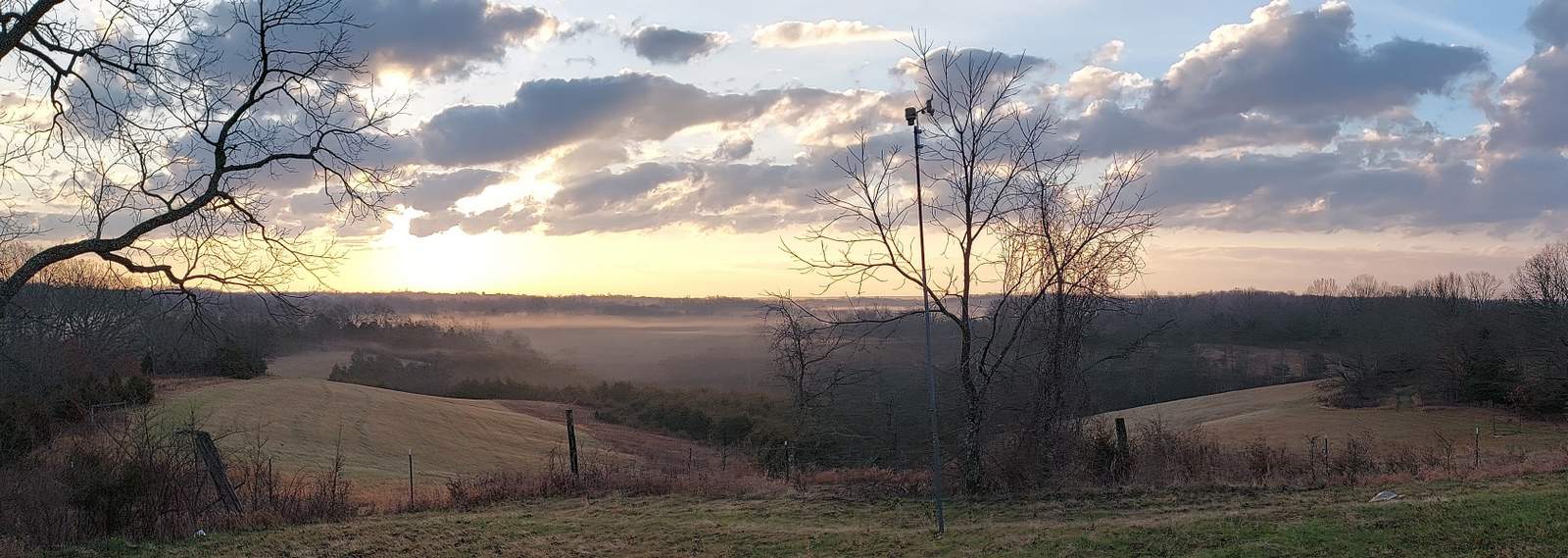
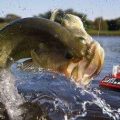
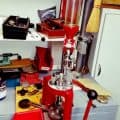
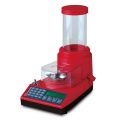
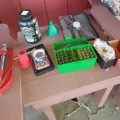
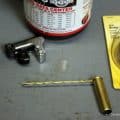
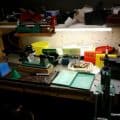
Comments
The Auto-Charge– Two Years On — No Comments
HTML tags allowed in your comment: <a href="" title=""> <abbr title=""> <acronym title=""> <b> <blockquote cite=""> <cite> <code> <del datetime=""> <em> <i> <q cite=""> <s> <strike> <strong>